Our warmer planet is likely to bring about more mosquito swarms in the future. Scientists say that it is tougher for mosquito predators to eat mosquito larvae because of the rising temperatures. This could make the fight against mosquitoes even more difficult.

The Growth Boost
Research shows that our warmer planet makes mosquito larvae develop faster. Because of this, the dragonflies do not have enough time to feast on them anymore. That is why there is a huge spike in the mosquito population. There are twice as many larvae that make it to adulthood. Warmer bodies of freshwater contain more mosquito larvae. They maintain their number even if dragonflies are there.
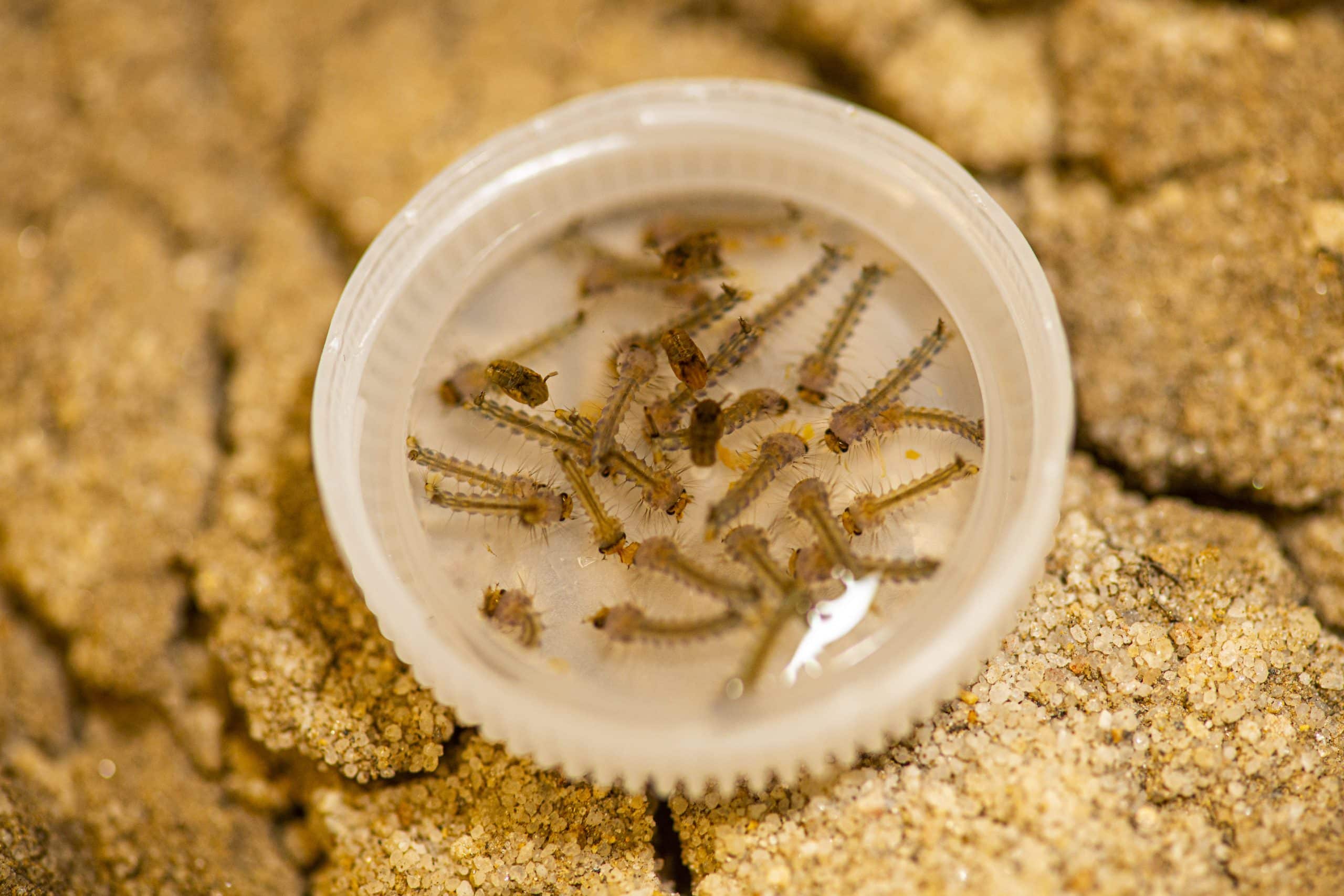
The Bite Risk
It is no secret that average temperatures continue to rise in the United States. This increases one’s bite risk, according to Climate Central. This organization says that mosquito days are increasing significantly. This applies to areas with at least 42% humidity and temperatures of 50 to 95 degrees. Much of the U.S. will continue to experience this for many years. In Cleveland, this means that many people will have a higher risk of having West Nile Virus. This virus is the primary pathogen in the area.
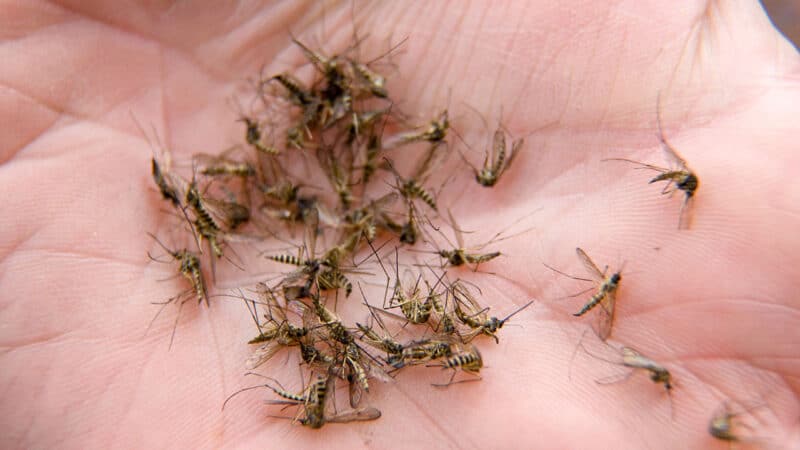
Our warmer planet allows mosquitoes to grow in numbers. The warm and humid air, as well as the increasing number of mosquito days, are increasing greenhouse gases. This contributes even more to the Earth’s increasing temperatures. Heat activates odor. This means that mosquitoes can smell the odors that make animals and humans attractive. The more they smell you, the more frequent will be the bites.
The volume of rainfall also contributes to the speedy growth of mosquito larvae. Constant or heavy rains can lead to water stagnation and pooling. This creates ideal egg-laying environments for mosquitoes. Mild to moderate drought will not have a significant effect on the mosquito population at this rate. Even after a severe drought, mosquitoes will continue to regain their numbers.
Mosquitoes and Diseases
Climate Central says that at least 200 mosquito species thrive in the United States. But most of them are harmless. Mosquito species that transmit the West Nile Virus, chikungunya, dengue, and zika are the most prominent ones. The female mosquito must bite an infected animal or human first before they get the pathogen. They will then transmit the virus to a human that they will bite next.
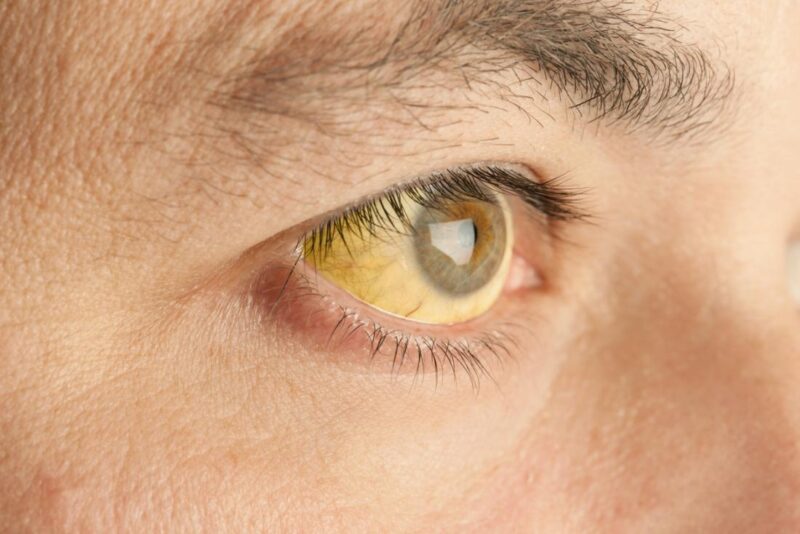
The mosquito that spreads yellow fever and dengue usually thrives in Central and South America. It also lives in southern Florida. These are areas that show how the Earth is becoming a warmer planet. On the East Coast, the salt marsh mosquito often irritates people rather than spreads infectious diseases.
Lowering the Bite Risk
Our planet may be a warmer planet now because of climate change but that doesn’t mean that we have to accept the inevitable. Mosquitoes thrive in and around our homes because of how we maintain our property. The most important thing to do is keep everything clean.
Open containers, tires, and birdbaths are ideal breeding areas. These are common in urban and suburban areas where there are many people. Mosquitoes that hatch in wetlands do not transmit diseases because there are very few people to bite. Blood meals always come from animals.
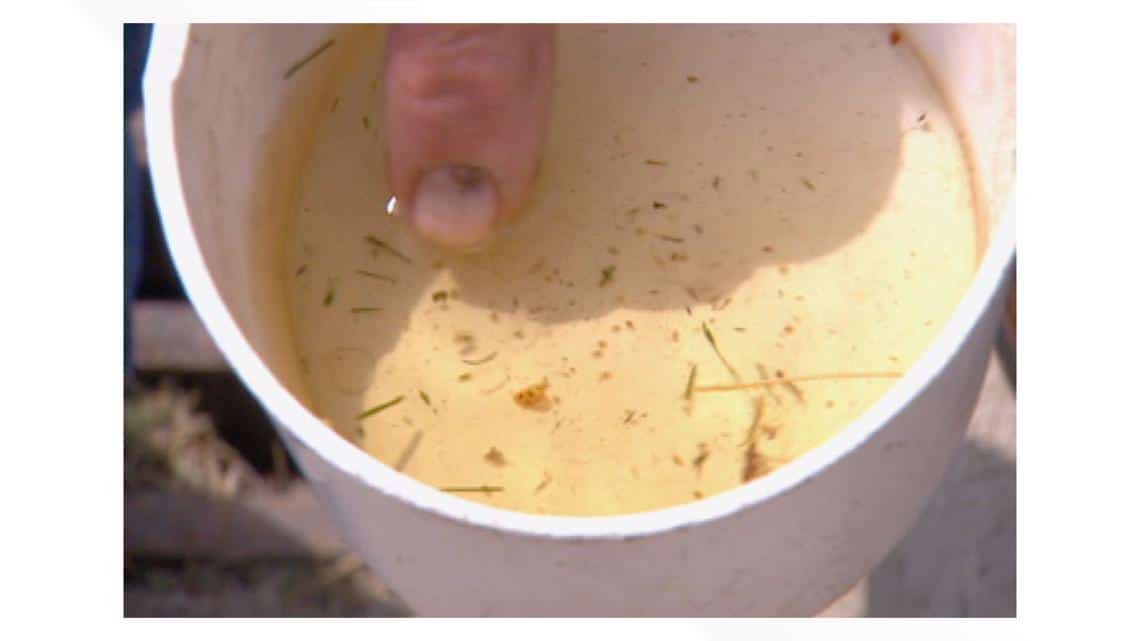
It takes three days to a week before the mosquito egg becomes an adult. Then the adult mosquito will live as an adult for about a week. In the laboratory setting, adult mosquitoes live for about two weeks. Studies reveal that a mosquito has a shorter life if it exerts more energy for feeding.
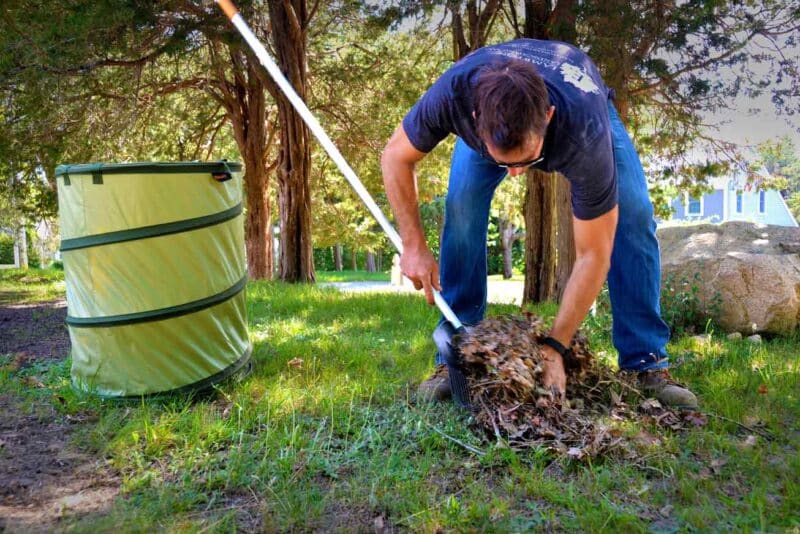
Scientists say that our warmer planet will only get warmer. This is not good news for many communities that have huge swarms of mosquitoes and many cases of mosquito-borne diseases. It is important to keep them at bay. Clean your surroundings, empty open vessels that have stagnant water, and clear the gutters. Use citronella candles, and wear long-sleeved shirts, as well as long pants. It is also crucial to use repellents to protect yourself and your household from mosquito bites.